Italian Cheese Pasta: Prepare to be transported to a cozy trattoria in the heart of Italy with this incredibly simple yet utterly satisfying dish. Imagine twirling perfectly cooked pasta around your fork, each strand coated in a luscious, creamy sauce bursting with the rich flavors of Italy’s finest cheeses. This isn’t just a meal; it’s an experience!
The beauty of Italian Cheese Pasta lies in its simplicity. While the exact origins are debated, pasta with cheese has been a staple in Italian cuisine for centuries, evolving from humble peasant fare to a beloved comfort food enjoyed worldwide. Think of it as the ultimate expression of “cucina povera” making something extraordinary from simple, readily available ingredients.
What makes this dish so irresistible? It’s the harmonious blend of textures and tastes. The al dente pasta provides a delightful chewiness, while the melted cheese creates a velvety smooth sauce that clings to every strand. The combination of salty, savory, and slightly tangy cheeses creates a symphony of flavors that dance on your palate. Plus, let’s be honest, who can resist the allure of warm, cheesy pasta? It’s quick, easy, and guaranteed to satisfy even the most discerning palate. Whether you’re looking for a comforting weeknight dinner or a crowd-pleasing dish for a special occasion, this recipe is sure to become a new favorite.
Ingredients:
- 1 pound pasta (spaghetti, fettuccine, or penne work well)
- 1/2 cup butter, unsalted
- 1/4 cup all-purpose flour
- 3 cups milk (whole milk recommended for richness)
- 1/2 teaspoon salt
- 1/4 teaspoon black pepper
- 1/4 teaspoon nutmeg (optional, but adds a lovely warmth)
- 1 cup Gruyere cheese, shredded
- 1 cup Fontina cheese, shredded
- 1 cup Parmesan cheese, grated, plus extra for serving
- 1/2 cup Asiago cheese, shredded
- 2 cloves garlic, minced
- 2 tablespoons olive oil
- Fresh parsley, chopped, for garnish (optional)
Preparing the Pasta:
- Bring a large pot of salted water to a rolling boil. The salt is crucial for flavoring the pasta as it cooks. Use about 1 tablespoon of salt per gallon of water.
- Add the pasta to the boiling water and cook according to package directions until al dente. Al dente means “to the tooth” in Italian, so the pasta should be firm but not hard. Usually, this is about 8-10 minutes, but check the package for specific instructions.
- While the pasta is cooking, reserve about 1 cup of the pasta water. This starchy water is liquid gold! It will help to create a creamy sauce that clings beautifully to the pasta.
- Once the pasta is cooked al dente, drain it immediately. Don’t rinse the pasta unless you’re making a cold pasta salad. Rinsing removes the starch that helps the sauce adhere.
Making the Cheese Sauce:
- In a large, heavy-bottomed saucepan or Dutch oven, melt the butter over medium heat. Using a heavy-bottomed pan helps to prevent the sauce from scorching.
- Add the minced garlic to the melted butter and cook for about 1 minute, or until fragrant. Be careful not to burn the garlic, as it will become bitter.
- Whisk in the flour and cook for 1-2 minutes, stirring constantly. This creates a roux, which is the base for the cheese sauce. Cooking the roux removes the raw flour taste.
- Slowly whisk in the milk, about 1/2 cup at a time, ensuring each addition is fully incorporated before adding more. This prevents lumps from forming. Continue whisking until the sauce is smooth and thickened.
- Bring the sauce to a gentle simmer, stirring occasionally, and cook for about 5-7 minutes, or until it has thickened slightly. The sauce should be thick enough to coat the back of a spoon.
- Remove the saucepan from the heat and stir in the salt, pepper, and nutmeg (if using). Taste and adjust seasonings as needed.
- Now comes the fun part: adding the cheese! Add the Gruyere, Fontina, Parmesan, and Asiago cheeses, one handful at a time, stirring until each cheese is completely melted and incorporated before adding the next. This ensures a smooth and creamy sauce.
- If the sauce is too thick, add a little of the reserved pasta water, 1/4 cup at a time, until it reaches your desired consistency. The pasta water will also add a nice sheen to the sauce.
Combining Pasta and Sauce:
- Add the drained pasta to the cheese sauce and toss gently to coat. Make sure all the pasta strands are evenly coated in the luscious cheese sauce.
- If the pasta seems dry, add a little more of the reserved pasta water until it reaches your desired consistency.
- Serve immediately, garnished with fresh parsley and extra grated Parmesan cheese, if desired. This dish is best enjoyed hot, when the cheese is melted and gooey.
Tips and Variations:
- Cheese Variations: Feel free to experiment with different types of cheese. Provolone, mozzarella, or even a little bit of sharp cheddar can be added for a different flavor profile. Just make sure the cheeses you choose melt well.
- Add-ins: You can add cooked vegetables like broccoli, peas, or mushrooms to the pasta for a more complete meal. Cooked chicken, shrimp, or sausage would also be delicious additions.
- Spice it up: For a little kick, add a pinch of red pepper flakes to the cheese sauce.
- Make it ahead: The cheese sauce can be made ahead of time and stored in the refrigerator for up to 2 days. Reheat gently over low heat, stirring frequently, before adding the pasta. You may need to add a little milk or pasta water to thin it out.
- Baking Option: For a baked version, transfer the pasta and cheese sauce to a greased baking dish. Top with breadcrumbs and bake at 350°F (175°C) for 20-25 minutes, or until golden brown and bubbly.
- Gluten-Free Option: Use gluten-free pasta and gluten-free all-purpose flour to make this dish gluten-free.
- Vegan Option: While this recipe is heavily reliant on dairy, you can attempt a vegan version using plant-based butter, milk, and vegan cheese alternatives. The taste and texture will differ, but it can still be a satisfying meal. Nutritional yeast can also add a cheesy flavor.
- Garlic Lovers: If you’re a garlic enthusiast, feel free to add an extra clove or two of minced garlic to the butter.
- Herb Infusion: Infuse the milk with herbs like thyme or rosemary for a more complex flavor. Simply add the herbs to the milk while it’s heating up and remove them before adding the milk to the roux.
- Wine Pairing: A crisp white wine like Pinot Grigio or Sauvignon Blanc pairs well with this creamy pasta dish.
Troubleshooting:
- Lumpy Sauce: If your sauce becomes lumpy, try whisking it vigorously or using an immersion blender to smooth it out. You can also strain the sauce through a fine-mesh sieve.
- Sauce Too Thick: If the sauce is too thick, add a little more milk or pasta water until it reaches your desired consistency.
- Sauce Too Thin: If the sauce is too thin, continue to simmer it over low heat, stirring occasionally, until it thickens. You can also whisk in a slurry of 1 tablespoon of cornstarch mixed with 2 tablespoons of cold water.
- Cheese Not Melting: Make sure the sauce is hot enough to melt the cheese. If the cheese is not melting, increase the heat slightly, but be careful not to burn the sauce. You can also try using a different type of cheese that melts more easily.
- Pasta Sticking Together: To prevent the pasta from sticking together, make sure to use plenty of salted water when cooking it. You can also add a tablespoon of olive oil to the cooking water.
Serving Suggestions:
- Serve as a main course or a side dish.
- Pair with a simple salad and some crusty bread.
- Garnish with fresh parsley, grated Parmesan cheese, or a drizzle of olive oil.
- Serve with a glass of white wine.
Storage Instructions:
- Store leftover pasta in an airtight container in the refrigerator for up to 3 days.
- Reheat gently in a saucepan over low heat, adding a little milk or pasta water to thin it out if necessary.
- You can also reheat the pasta in the microwave, but be careful not to overcook it.
Nutritional Information (approximate, per serving):
- Calories: 600-800
- Fat: 30-40g
- Saturated Fat: 20-25g
- Cholesterol: 100-150mg
- Sodium: 800-1000mg
- Carbohydrates: 60-80g
- Fiber: 3-5g
- Sugar: 10-15g
- Protein: 25-35g
Note: Nutritional information may vary depending on the specific ingredients used.
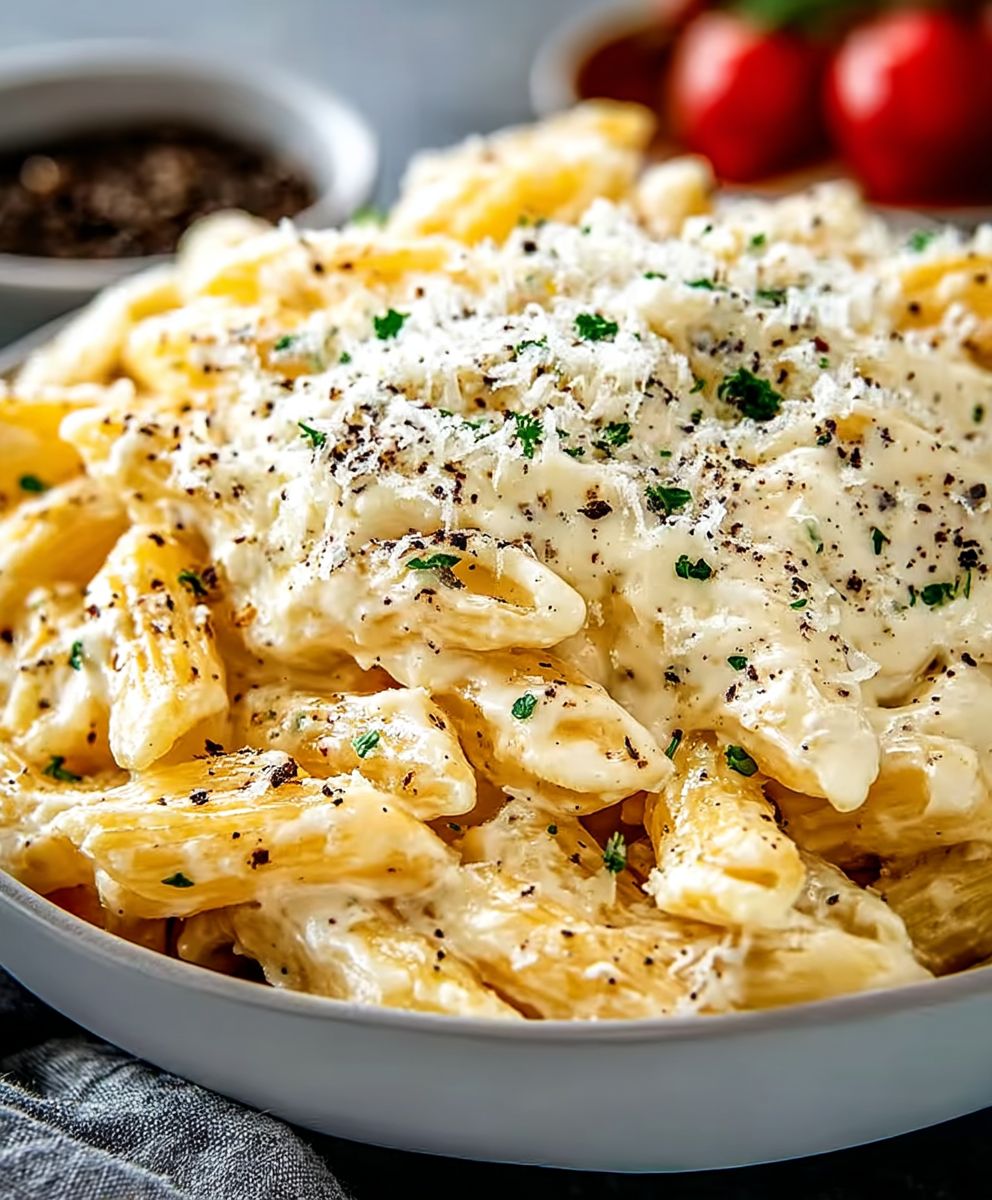
Conclusion:
This Italian Cheese Pasta recipe isn’t just another pasta dish; it’s a warm, comforting hug in a bowl, a celebration of simple ingredients coming together in perfect harmony. From the satisfying chew of the perfectly cooked pasta to the rich, creamy, and utterly decadent cheese sauce, every bite is an experience. I truly believe this is a must-try recipe for anyone who appreciates authentic Italian flavors and effortless elegance in their cooking.
But what makes this recipe so special? It’s the sheer versatility! While I’ve presented it as a classic cheese pasta, the possibilities are endless. Feel free to experiment with different types of pasta penne, rigatoni, or even farfalle would work beautifully. And don’t be afraid to get creative with the cheese! A blend of fontina and asiago would add a delightful nutty complexity, or you could incorporate a touch of gorgonzola for a bolder, more pungent flavor.
Serving Suggestions and Variations:
* Elevate the dish: For a more sophisticated presentation, try serving the pasta in individual ramekins, topped with a sprinkle of freshly grated Parmesan cheese and a drizzle of high-quality olive oil.
* Add some protein: Grilled chicken, shrimp, or Italian sausage would be fantastic additions, transforming this into a complete and satisfying meal.
* Vegetarian delight: Sautéed mushrooms, spinach, or roasted vegetables like bell peppers and zucchini would add a burst of freshness and color.
* Spice it up: A pinch of red pepper flakes or a dash of hot sauce will add a welcome kick to the creamy sauce.
* Herbal infusion: Fresh herbs like basil, oregano, or parsley, chopped and stirred into the pasta just before serving, will elevate the aroma and flavor profile.
* Wine Pairing: A crisp Pinot Grigio or a light-bodied Chianti would be the perfect accompaniment to this rich and flavorful pasta dish.
I’ve poured my heart into perfecting this recipe, and I’m confident that you’ll love it as much as I do. It’s the kind of dish that’s perfect for a cozy weeknight dinner, a special occasion, or even a potluck with friends. It’s simple enough for beginner cooks, yet impressive enough to wow even the most discerning palates.
So, what are you waiting for? Gather your ingredients, put on some Italian music, and get ready to create a culinary masterpiece. I promise you, this Italian Cheese Pasta will become a staple in your recipe repertoire.
And now, the most important part: I want to hear about your experience! Did you try the recipe? Did you make any variations? What did you think? Please, share your photos, comments, and feedback in the comments section below. I’m eager to see your creations and learn from your experiences. Happy cooking! I can’t wait to see what you create with this recipe. Don’t hesitate to ask any questions you might have. I’m here to help you every step of the way. Buon appetito!
Italian Cheese Pasta: A Delicious & Easy Recipe
Indulge in creamy, cheesy perfection with this decadent four-cheese pasta. A rich and flavorful sauce coats perfectly cooked pasta for an unforgettable meal.
Ingredients
- 1 pound pasta (spaghetti, fettuccine, or penne)
- 1/2 cup butter, unsalted
- 1/4 cup all-purpose flour
- 3 cups milk (whole milk recommended)
- 1/2 teaspoon salt
- 1/4 teaspoon black pepper
- 1/4 teaspoon nutmeg (optional)
- 1 cup Gruyere cheese, shredded
- 1 cup Fontina cheese, shredded
- 1 cup Parmesan cheese, grated, plus extra for serving
- 1/2 cup Asiago cheese, shredded
- 2 cloves garlic, minced
- 2 tablespoons olive oil
- Fresh parsley, chopped, for garnish (optional)
Instructions
- Bring a large pot of salted water to a rolling boil. Add pasta and cook according to package directions until al dente (about 8-10 minutes). Reserve 1 cup of pasta water before draining. Drain pasta.
- In a large, heavy-bottomed saucepan or Dutch oven, melt butter over medium heat. Add minced garlic and cook for 1 minute until fragrant.
- Whisk in flour and cook for 1-2 minutes, stirring constantly to create a roux.
- Slowly whisk in milk, about 1/2 cup at a time, ensuring each addition is fully incorporated before adding more. Continue whisking until the sauce is smooth and thickened.
- Bring the sauce to a gentle simmer, stirring occasionally, and cook for about 5-7 minutes, or until it has thickened slightly. The sauce should be thick enough to coat the back of a spoon.
- Remove from heat and stir in salt, pepper, and nutmeg (if using). Taste and adjust seasonings as needed.
- Add Gruyere, Fontina, Parmesan, and Asiago cheeses, one handful at a time, stirring until each cheese is completely melted and incorporated before adding the next.
- If the sauce is too thick, add a little of the reserved pasta water, 1/4 cup at a time, until it reaches your desired consistency.
- Add the drained pasta to the cheese sauce and toss gently to coat.
- If the pasta seems dry, add a little more of the reserved pasta water until it reaches your desired consistency.
- Serve immediately, garnished with fresh parsley and extra grated Parmesan cheese, if desired.
Notes
- Cheese Variations: Experiment with different cheeses like Provolone, mozzarella, or cheddar.
- Add-ins: Add cooked vegetables (broccoli, peas, mushrooms) or cooked protein (chicken, shrimp, sausage).
- Spice it up: Add a pinch of red pepper flakes to the cheese sauce.
- Make it ahead: The cheese sauce can be made ahead of time and stored in the refrigerator for up to 2 days. Reheat gently over low heat, stirring frequently, before adding the pasta. You may need to add a little milk or pasta water to thin it out.
- Baking Option: For a baked version, transfer the pasta and cheese sauce to a greased baking dish. Top with breadcrumbs and bake at 350°F (175°C) for 20-25 minutes, or until golden brown and bubbly.
- Gluten-Free Option: Use gluten-free pasta and gluten-free all-purpose flour to make this dish gluten-free.
- Vegan Option: While this recipe is heavily reliant on dairy, you can attempt a vegan version using plant-based butter, milk, and vegan cheese alternatives. The taste and texture will differ, but it can still be a satisfying meal. Nutritional yeast can also add a cheesy flavor.
- Garlic Lovers: If you’re a garlic enthusiast, feel free to add an extra clove or two of minced garlic to the butter.
- Herb Infusion: Infuse the milk with herbs like thyme or rosemary for a more complex flavor. Simply add the herbs to the milk while it’s heating up and remove them before adding the milk to the roux.
- Wine Pairing: A crisp white wine like Pinot Grigio or Sauvignon Blanc pairs well with this creamy pasta dish.

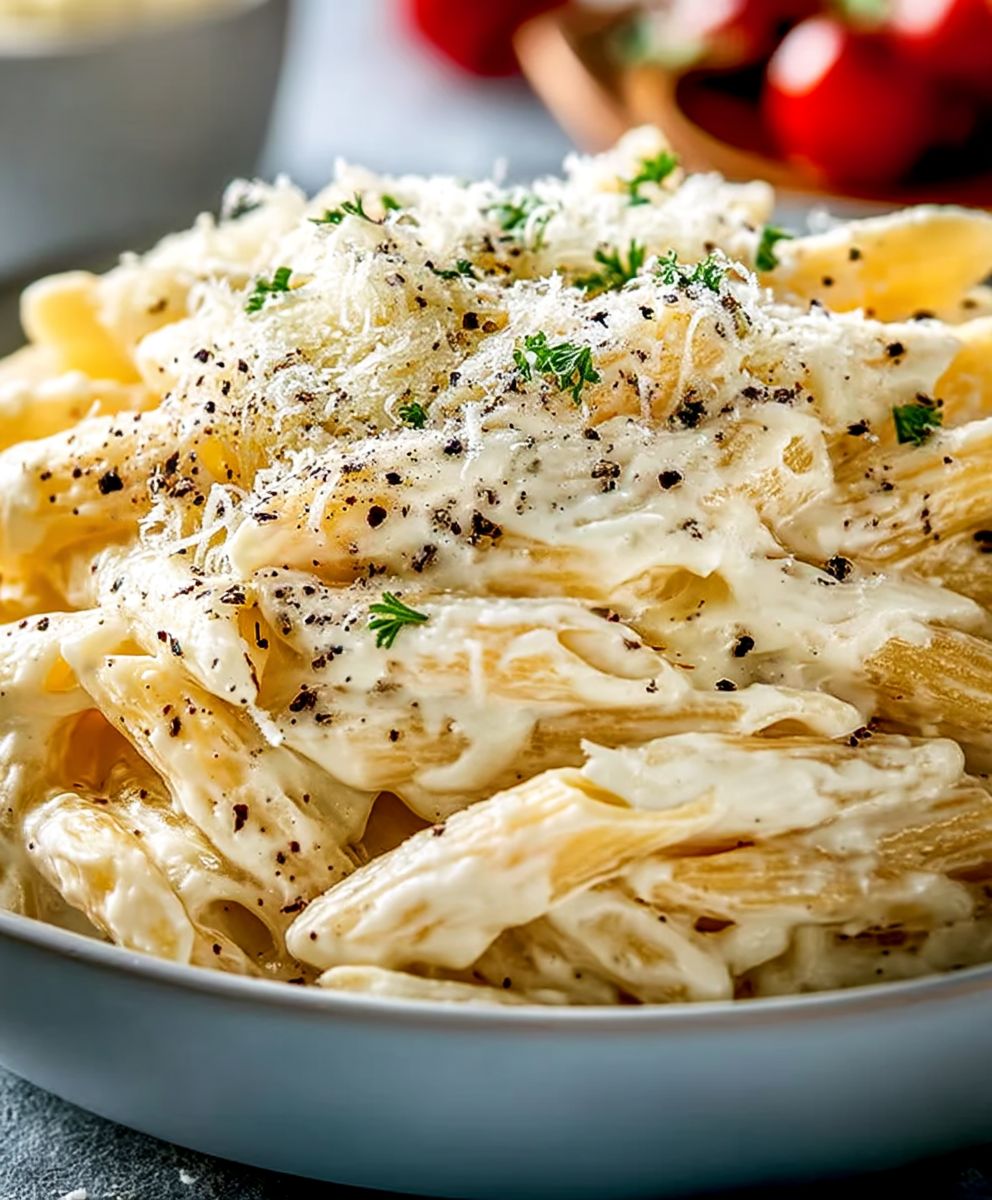
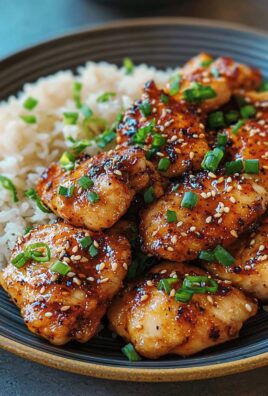
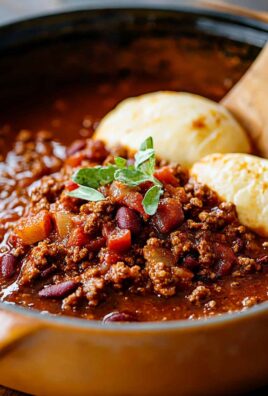
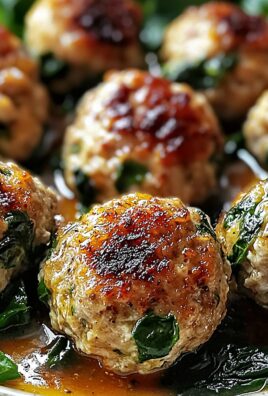
Leave a Comment